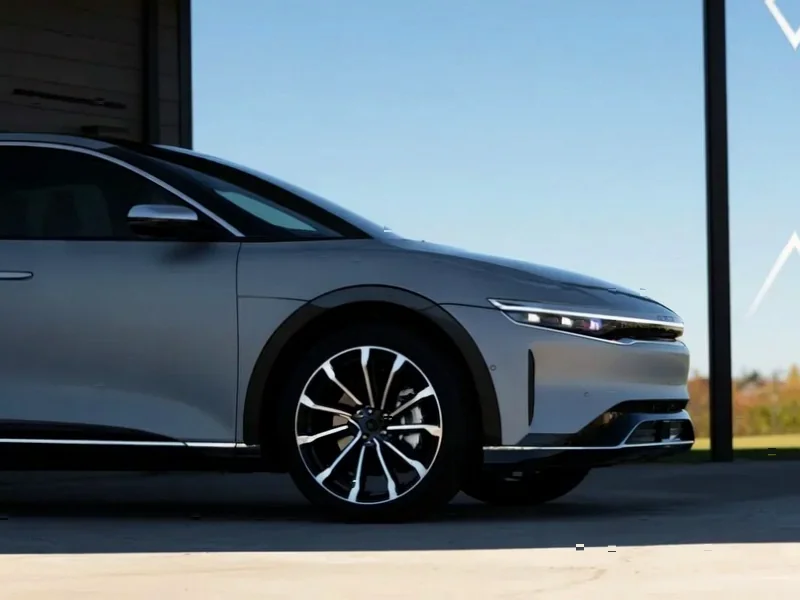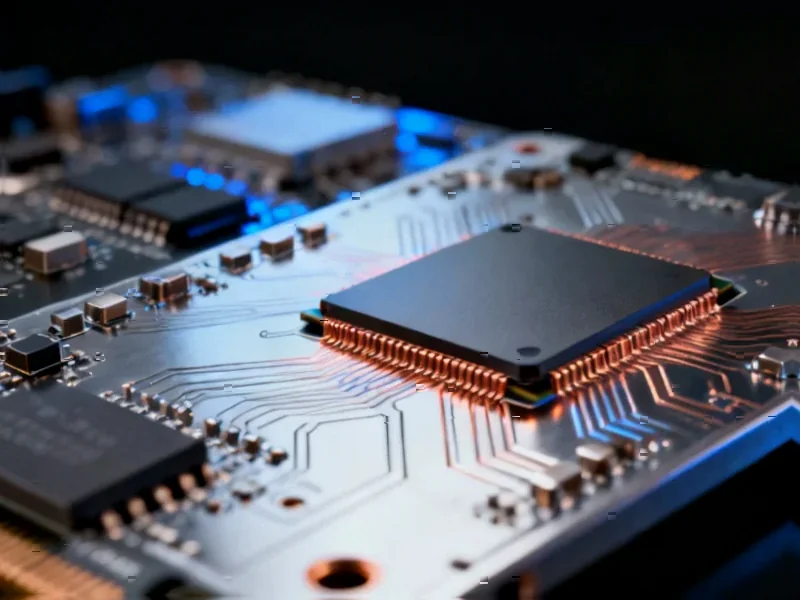According to Manufacturing.net, ViscoTec Pumpen- u. Dosiertechnik GmbH has introduced the eco-SPIN dispensing system through its preeflow brand, representing a significant advancement in precision manufacturing technology. This innovative system enables uniform coating application within complex internal geometries like cavities, internal threads, and shaft-hub connections, overcoming what has traditionally been a technically demanding manufacturing challenge. The technology combines a rotating spin head dispenser with the eco-CONTROL EC200 2.0 dosing control system to create a complete solution that handles various media including adhesives, lubricants, grease, silicone, polyester, and epoxy resin without viscosity limitations. The system’s rotating centrifugal disk technology ensures precise media distribution while minimizing material waste, making it particularly valuable for automotive, aerospace, and electronics industries where interior surface quality is critical. This development signals a broader shift toward addressing previously neglected manufacturing challenges.
Closing the Manufacturing Precision Gap
What makes the eco-SPIN particularly significant is how it addresses what I call the “manufacturing precision gap” – the disparity between external surface treatment capabilities and internal geometry finishing. For decades, manufacturers have achieved remarkable precision on external surfaces while internal geometries remained challenging to coat consistently. This technology represents a fundamental shift toward treating interior surfaces with the same precision we expect for exterior finishes. The implications extend beyond mere coating application to encompass entirely new design possibilities for engineers who can now specify precise internal coatings without compromising on manufacturability.
The Unseen Sustainability Dividend
While the source mentions material waste reduction, the broader sustainability implications deserve deeper examination. Precision dispensing technologies like eco-SPIN contribute to what industry analysts call “micro-sustainability” – small but cumulative efficiency gains that collectively drive significant environmental benefits. When manufacturers reduce overspray and material waste by even single-digit percentages across thousands of components, the aggregate material savings become substantial. More importantly, precise application means less energy-intensive rework and fewer rejected components, creating a cascade of efficiency improvements throughout the manufacturing ecosystem. This aligns with the emerging trend of precision sustainability, where manufacturing efficiency directly correlates with environmental responsibility.
Transforming Traditional Manufacturing Sectors
The automotive, aerospace, and electronics applications mentioned only scratch the surface of this technology’s potential. I foresee rapid adoption in medical device manufacturing, where precise internal coating of surgical instruments and implantable devices could revolutionize product performance and sterilization reliability. The renewable energy sector represents another frontier – imagine precise internal coating applications within wind turbine gearboxes or hydraulic systems for solar tracking. Even traditional industries like heavy equipment manufacturing and marine engineering stand to benefit from being able to reliably coat internal geometries that were previously inaccessible to automated processes. This isn’t merely an incremental improvement but rather an enabling technology that unlocks new manufacturing approaches across multiple sectors.
The Future Manufacturing Landscape
Looking 12-24 months ahead, I predict we’ll see this technology catalyze three major shifts. First, we’ll witness the emergence of integrated coating ecosystems where dispensing systems like eco-SPIN communicate directly with design software and quality control systems, creating closed-loop manufacturing processes. Second, expect to see hybrid systems that combine multiple dispensing technologies for complex components requiring different coating approaches on various surfaces. Finally, as artificial intelligence and machine learning mature, we’ll see these systems evolve toward predictive coating – where the technology anticipates application challenges based on component geometry and automatically optimizes parameters. The companies that master these integrated approaches will gain significant competitive advantages in precision manufacturing markets.
The Implementation Challenge
Despite the promising technology, successful implementation will require addressing several critical challenges. Manufacturers will need to develop new expertise in parameter optimization for internal coating applications, which behave differently than external surfaces. Workforce training represents another hurdle – technicians accustomed to traditional coating methods will require significant upskilling to leverage these advanced systems effectively. Perhaps most importantly, companies will need to rethink their quality control protocols to verify internal coating uniformity, which may require investment in new inspection technologies like miniature borescopes or advanced imaging systems. The companies that navigate these implementation challenges successfully will be positioned to capture substantial value from this technological advancement.




